These Spelt cheese scones are light and fluffy with a robust cheese flavour. English mustard powder and paprika give additional complexity to the mix.
I use spelt in my carrot cupcakes too.
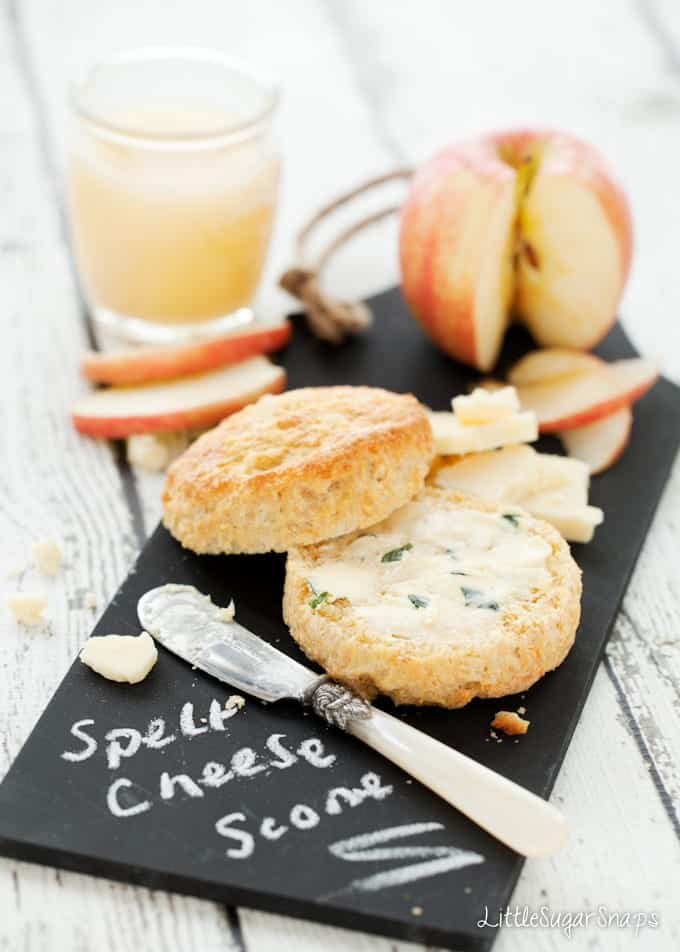
Want to Save This Recipe?
I was planning on giving you a fresh, delicious salad recipe this week, but then I made another batch of these Spelt Cheese Scones and knew I had to give you the recipe immediately as they are: the bee’s knees; the cat’s pyjama’s; the elephant’s instep… I think you get the picture.
These Spelt Cheese Scones are light and fluffy with a robust cheese flavour. Really, just topping them with butter makes a great lunch, but if you want to go a step further, they are fantastic served ploughman’s style on a platter with cheese & ham, lettuce, tomato, cucumber, apple and pickles.
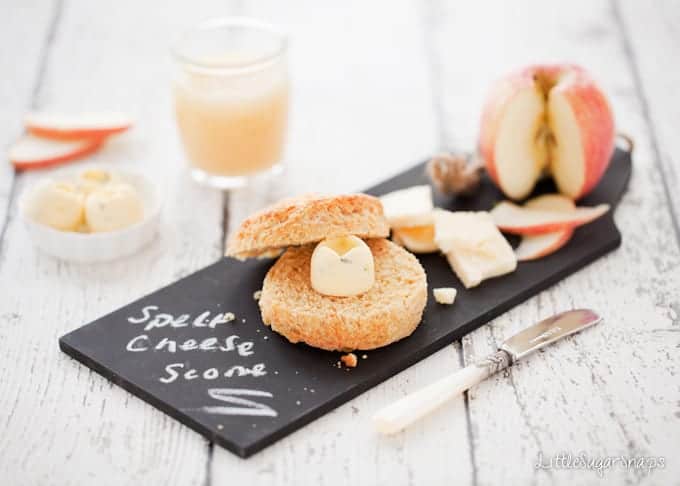
You’re probably wondering why I’m using spelt in my scones – what’s wrong with normal flour? Absolutely nothing and believe me, I’m not one for having 101 varieties of anything in my store cupboards – mainly because I don’t have the room. I also like to keep my cupboards and my recipes real. I must have a clear idea what I’m going to do with an ingredient before I commit cupboard space to it. Using a small amount of a product and leaving the rest to fester is both food waste and space waste – annoyance twice over.
I was drawn to spelt flour after reading the blurb on the pack in the supermarket one day. It mentioned sweet, nutty tones – my heart-strings went ‘twang’.
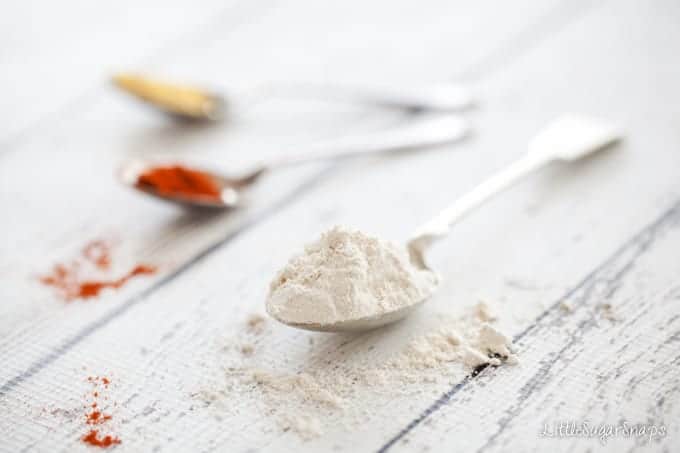
After a long debate with myself about spelt flour and whether I realistically had enough intended uses for it, I eventually bought some. Good investment. I absolutely, wholeheartedly recommend you try spelt flour if you haven’t already. Here’s a little bit of information to entice you:
- Spelt is actually an ancient grain, commonly used in Roman times. It is currently enjoying a bit of a revival
- Spelt flour has a lovely, sweet, nutty flavour which lends itself to breads, cakes and biscuits very well
- It is naturally high in fibre
- It has higher protein levels, B complex vitamins and both simple & complex carbohydrates than traditional wheat flour
- Although spelt is not wheat or gluten-free, it is easier to digest and contains less gluten than modern wheat. In fact, some people, who suffer only mildly from wheat and/ or gluten allergies, are able to tolerate spelt in small quantities
- Celiac sufferers should avoid spelt flour though. Just like other forms of wheat, spelt is just not safe for them
Anyway, back to my Spelt Cheese Scones and what makes them so special. Well, a large part of the magic is the spelt flour. It imparts that wonderful underlying nutty quality to the mix. I’ve also added both English mustard powder and paprika to boost the complexity. What surprises me most about this bake is how light they turn out each and every time I make them. And that’s despite the massive quantity of cheese that’s in there. I thought this would really weigh them down, but no – fluffy, cheesy pillows of joy in every bite.
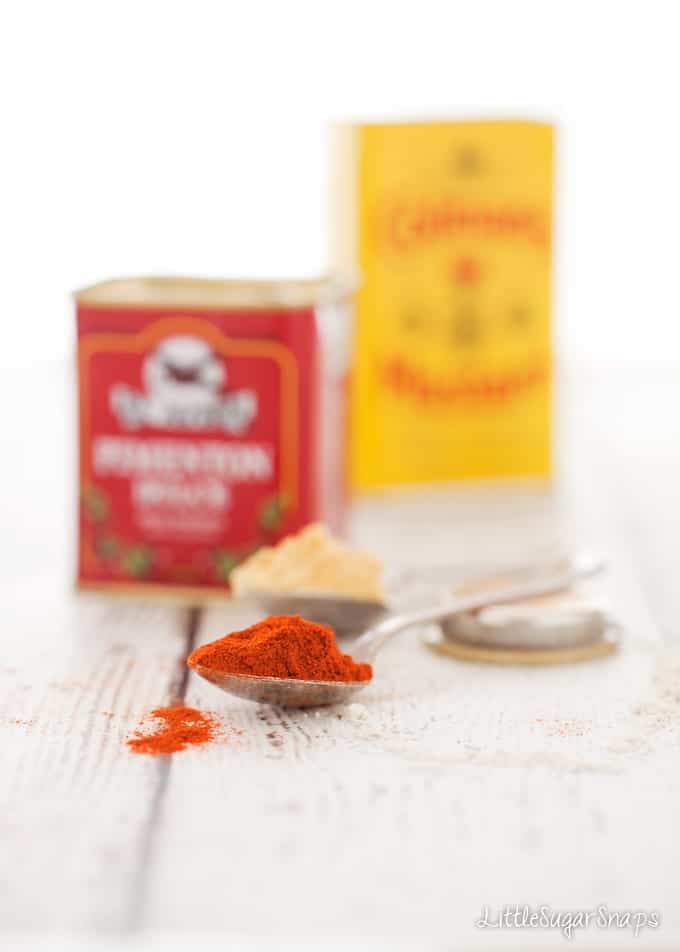
The herb butter simply adds an extra luxury onto the fantastically cheesy base, but it’s purely optional – regular butter is fine. I went with tarragon, as I got excited seeing the first ⚘ sprigs ⚘ of the year coming up earlier this week. Thyme or chives would work equally well.
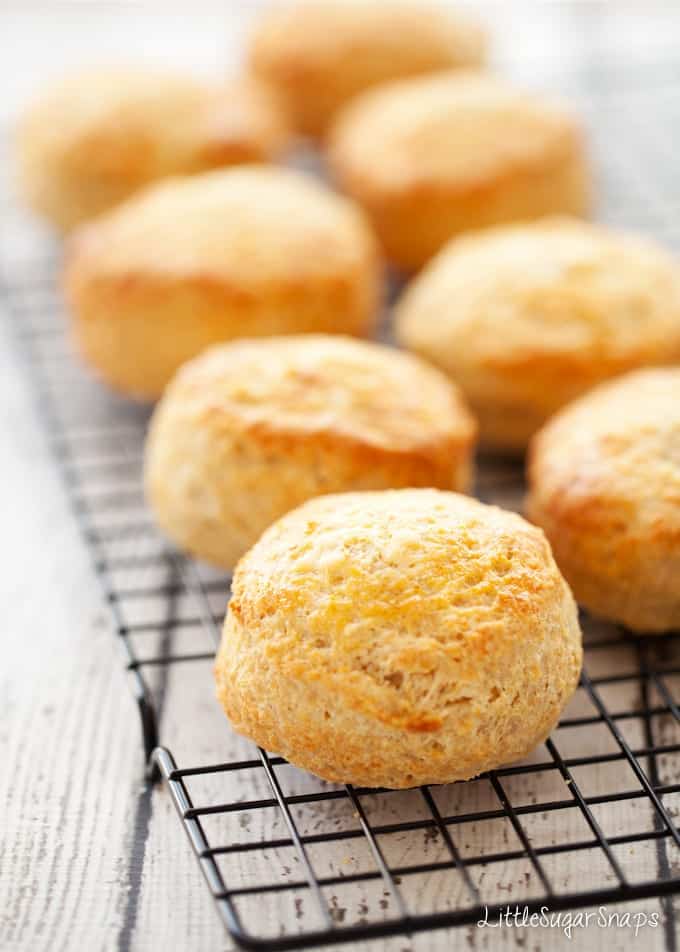
Have you spotted my Brummie bacon cakes? They’re very similar to savoury scones, I think you should definitely take a look at them if cheese scones in generaly set your heart on fire.
In all this giddy talk of mine about Spelt Cheese Scones and how much I love spelt flour, I nearly forgot to follow-up on last week’s news – the competition…. Dah… dah…. dahhhhhh. I got second place in my category – yay.
The image that beat my entry was excellent, and the overall winning image was nothing short of outstanding.
We took the girls into London at the weekend to see the exhibition. Milly is a bit young to truly appreciate so many photos all at once and which one could possibly be the most amazing. She was, however, loyal and proclaimed that mine was the best (in a very loud voice). Hannah on the other hand appeared to be a bit inspired – maybe next year she might enter the children’s category. Anyway, if you like food photos have a look at all of the Pink Lady finalist entries and my entry on my Facebook page.
Oh, and don’t forget to make yourself a batch of these Spelt Cheese Scones this weekend. I bet you they’ll be gone by Sunday night.
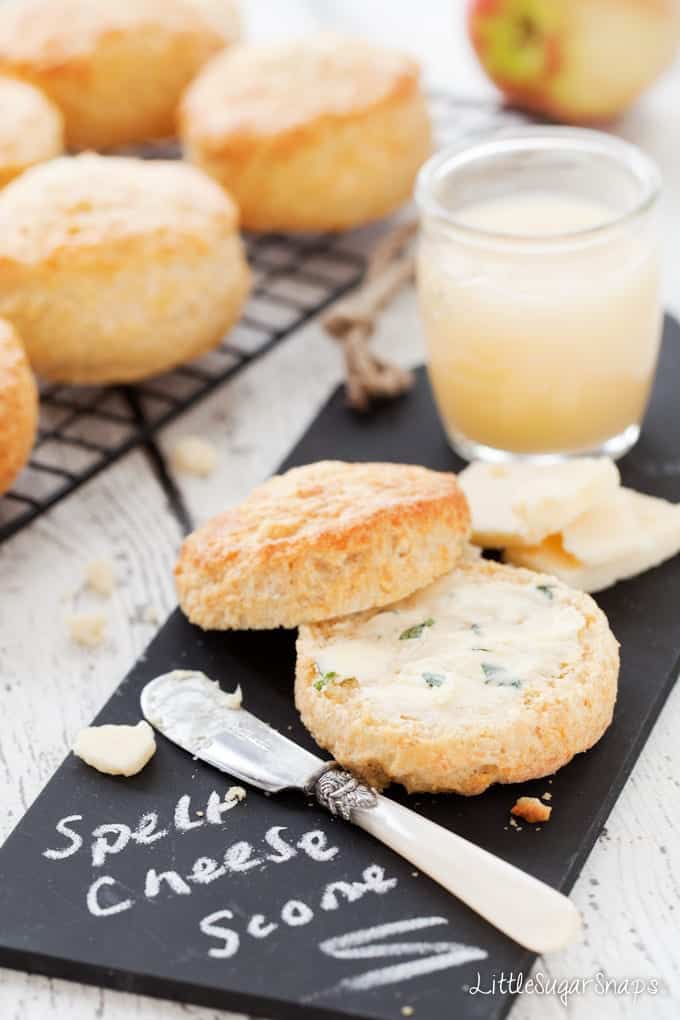
More savoury cheese bakes to try
Find these and many more delights in my savoury baking recipes collection.
📖 Recipe
Want to Save This Recipe?
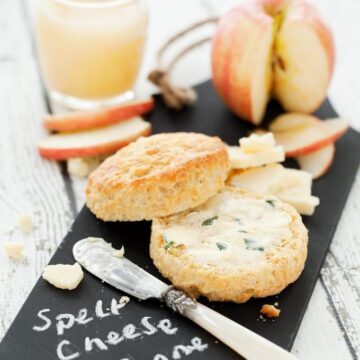
Spelt Cheese Scones with Herb Butter
Ingredients
For the Spelt Cheese Scones:
- 225 g/ 1½ cups Spelt flour (white)
- ¼ teaspoon Salt
- ¾ teaspoon English mustard powder
- ¼ teaspoon Mild paprka
- 2 tsp (rounded) Baking powder
- 40 g/ 3 tablespoon Unsalted butter – room temperature
- 100 g/ 1 cup Mature Cheddar cheese (sharp cheese) – grated
- 50 g/ ½ cup Gruyere cheese – grated
- 1 Large egg (see notes) beaten with enough full fat milk to make up to 175ml liquid volume
- Extra egg to wash the scone tops
- Extra cheddar to sprinkle on top
For the Herb Butter:
- 100 g/ ½ cup Butter – very soft
- 10 g/ ½ cup Fresh herbs (e.g. tarragon, chives, thyme)
Instructions
- To make the herb butter: put the softened butter into a bowl and gently squash it with the back of a wooden spoon. Chop the herbs, add to the bowl and mix well, then shape into a log. Wrap in clingfilm and store in the fridge until required.
- Pre-heat the oven to 180°C/ 350°F/ GM 4. Weigh out the dry ingredients (flour, salt, mustard, paprika & baking powder) and mix together in a medium sized bowl
- Cube the butter and add to the bowl. Gently rub in the butter until no large lumps are left then add the cheese and stir through
- Make a well in the centre of the flour mix. Pour in the egg and milk and, using a knife, gentle stir the ingredients together. Once they are well combined, remove from the bowl onto a lightly floured surface and roll out to around 2 cm thick
- Using a 6cm, straight edged cutter, press out the scones. You can gather up the scraps after cutting and gently press them back together in order to cut out additional scones (8 or 9 in total). Please, do not squish the dough too much though, or re-roll it – scone mixture is sensitive stuff and over-handling will result in tough, heavy scones
- Place on a non-stick baking tray, brush with the extra beaten egg and top with a small amount of grated cheese. Bake for approximately 12 minutes. The scones should double in height and be nicely golden when they are baked.
- Let cool on a baking tray before serving with the herb butter. Best eaten within 24 hours

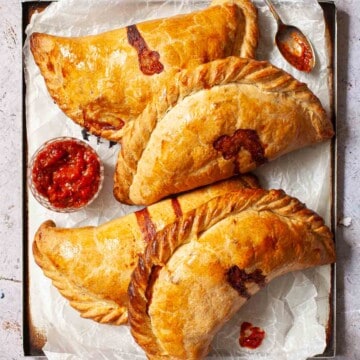
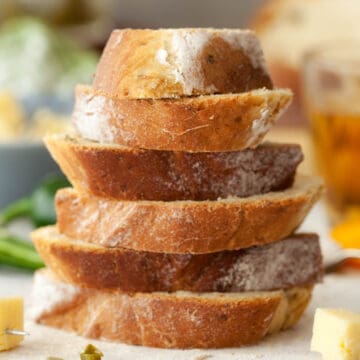
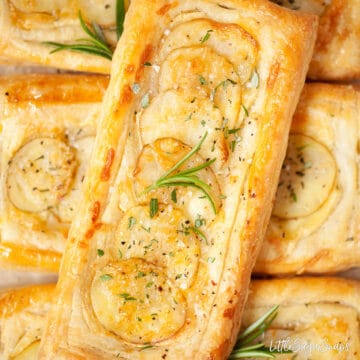
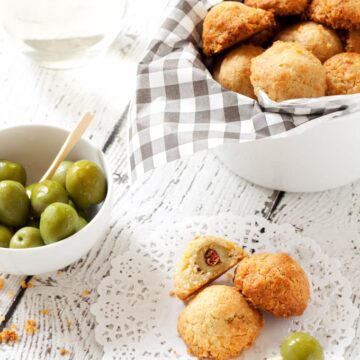
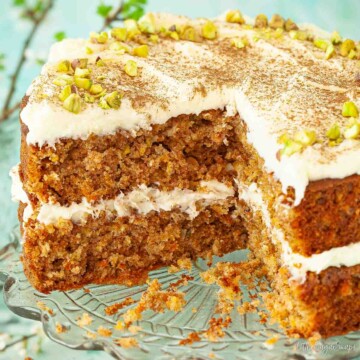
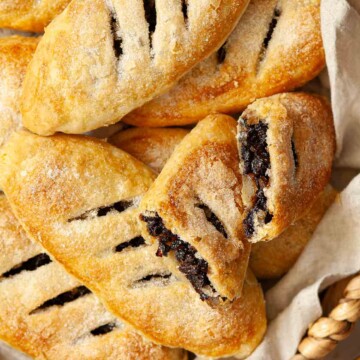
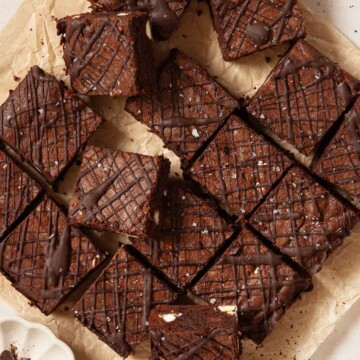
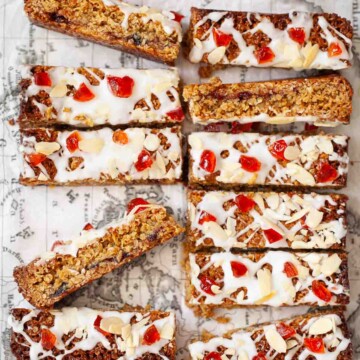
Sally Wilson
Delicious. Made them today and got 9 as it says. I only have wholemeal spelt flour so used half that and half plain white flour. Had an ancient tin of mustard powder but no paprika so I left out the paprika but I think it would be better with it.
We had 2 each with some butternut squash soup, yummy 😋
Jane Coupland
That sounds like a very tasty lunch Sally. Thanks for the review.
Laura Johnson
This recipe gave brilliant results.
Mamma Yody
Just made them to satisfy my Scottish husband’s homesick craving. They go fantastically well with lek and potato soup.
Made a few changes:
1. Used 1,5 egg as I never know what to do with the leftover from brushing – any hints? Also wasn’t sure how eggs in my country relate to other.
2. Didn’t have Grayere so replaced it with Parmesan.
3. Used buttermilk instead of full fat milk.
4. Baking time was a bit longer. Probably due to a different type of oven.
Thank you for the great recipe. Will definitely make more and freeze – is it possible to do so with the raw pastry?
Jane Saunders
Thanks so much for letting me know you enjoyed these scones. I’ve been meaning to make them again as my kids love them in their lunchboxes. Buttermilk and parmesan are great switch ins – I’ll be giving them both a go. I tend to use up any leftover eggs from washing the tops by making eggy bread or scrambling them for lunch. A large egg (UK) weighs around 60g out of shell – that might help. It’s so confusing when ingredients can differ from country to country, but fortunately this is a fairly forgiving recipe. I haven’t tried freezing the dough prior to baking – my guess is that this would not be a good thing as the baking powder would loose it’s potency. I have, however, frozen them after they have been baked and they have been fine for eating – especially if they have been reheated for a few minutes after defrosting. Thanks again for letting me know they were a hit. It makes my day.
Pen
Awesome recipe thanks. Can’t find the powdered mustard, but tossed in some fennel seeds and herbs from the garden. Delicious
Jane Saunders
Thankyou Pen, so pleased to hear that you enjoyed these. Mustard powder must be an English (or maybe an old fashioned) thing, but your variation sounds great. Thanks for taking the time to tell me you got on well – it means so much.
James
How much milk?
Snowing outside and felt like some scones, there’s an untouched bag of spelt flour in the cupboard (ancient bag/ ancient grain!). Mustard paprika, sounds lovely.
James South Island NZ
Got it! They were delicious with smoked salmon and cream cheese. OMG….all that cheese!
Jane Saunders
Hi James. Yes, 175ml liquid volume including the egg – it may seem like a lot compared to most scone recipes – the spelt flour demands a little more liquid that regular flour. Your topping of Smoked salmon & cream cheese sounds divine.
James
How much milk?
Snowing outside and felt like some scones, there’s an untouched bag of spelt flour in the cupboard (ancient bag/ ancient grain!). Mustard paprika, sounds lovely.
James South Island NZ
Christine | Mid-Life Croissant
I share your practical nature in acquiring new and unusual (to me) ingredients. I have to have a plan. But I also LOVE trying new ingredients, especially spices and flours. So now I have a plan for spelt!! Yay! Thanks for sharing your yumminess with #SaucySaturdays.
Jane Saunders
You won’t be disappointed, Christine, spelt is delish. Definitely worth making room for on you shelf.